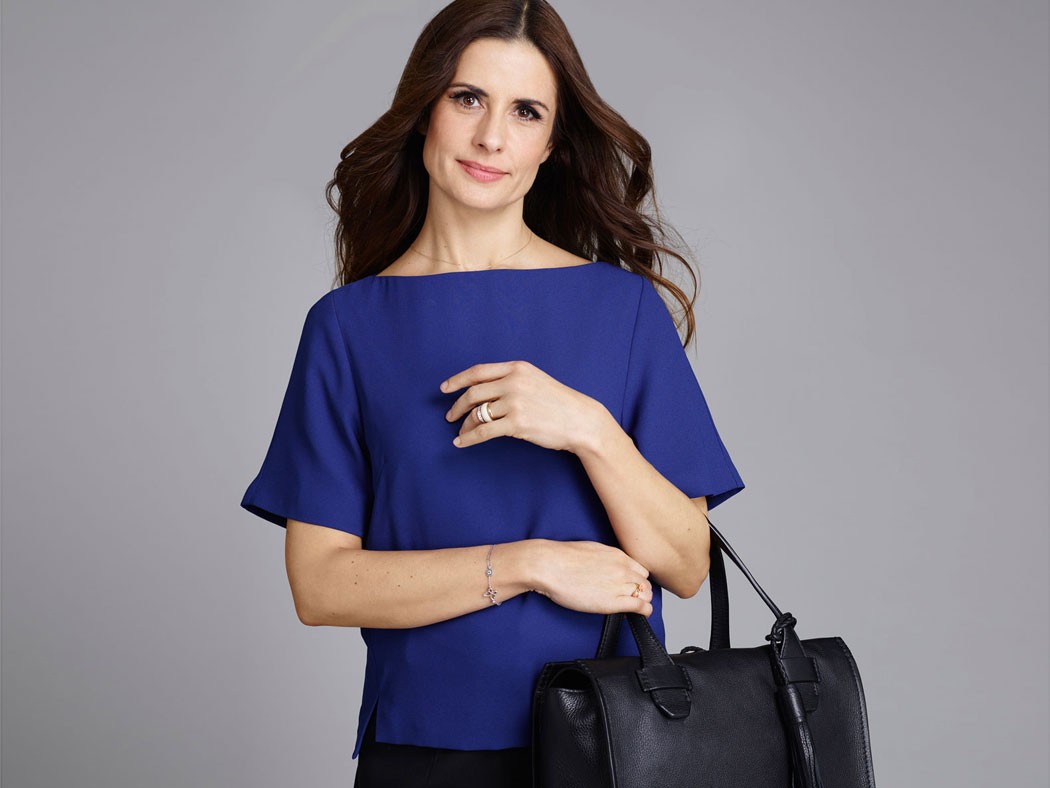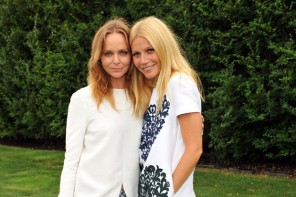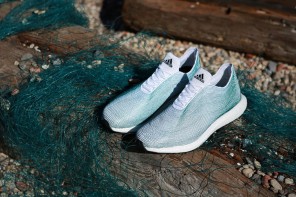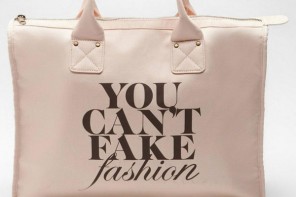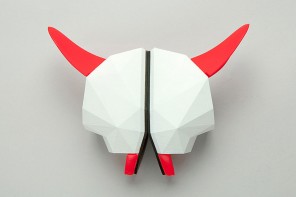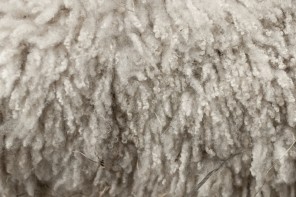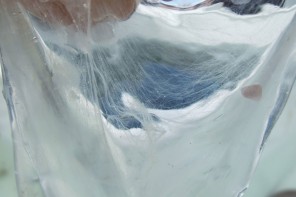Livia Firth is making the jump from curator to designer. Mere months after creating an “Edit” of Marks & Spencer’s better-for-the-planet womenswear, ethical fashion’s most vociferous voice is creating her own line of clothing for the British department store. The eco line launched last week at a pop-up store in Oxford St in London, and online at www.marksandspencer.com, the capsule collection offers classic, timeless staples that you’ll want to wear and keep forever, promises Firth, who is creative director of sustainability brand consultancy Eco-Age, as well as the co-founder of the Hollywood A-list-studded Green Carpet Challenge.
Inspired by Jackie Kennedy and Audrey Hepburn, two icons known for their elegance and simplicity, every piece has been “made with integrity and [will] live in your wardrobe for years to come,” Firth said in a statement.
All items are “Plan A”-compatible; that is, they adhere to Marks & Spencer’s own internal policy of “sourcing responsibly, reducing waste, and helping communities.”
“We can trace every piece of this clothing back to the supplier it came from, so that we can be sure that they all share our standards,” the retailer said. “[The] clothes have been made in a factory that meets M&S Eco-Friendly Standards, which are specially designed to save energy, reduce waste and use less water. The fabrics used come from mills which comply with our M&S Environmental Code of Practice, so you know they have been responsibly produced.”
We can trace every piece of this clothing back to the supplier it came from, so that we can be sure that they all share our standards
In addition, the nipped-waisted “Daria” dress and wide-legged “Athena” trouser use cotton grown according to the Better Cotton Standard, which calls for greener cultivation techniques that curtail the need for chemical pesticides, fertilizers, and water.
The “Lela” A-line dress and wide-sleeved “Gia” blouse, along with some of the other garment linings, comprise recycled polyester.
Firth also designed a line of leather bags—three totes and two clutches. Lined with hot-pink recycled polyester, each carryall comes with its own supply-chain “passport,” not unlike the one Firth developed for Gucci in 2013, that guarantees that the product is free from deforestation.
From cattle-farming to toxic tanning, leather has a considerable, if not devastating, social and environmental footprint. Yet it’s still widely considered, if erroneously, the epitome of luxury.
Firth, at least, wants to curb the role of leather production—specifically Brazilian leather production—in the destruction of the Amazon rainforest.
She justifies it thus: “You have to understand the mind set of these guys, and the huge shift they are going through by going green,” she said. “A project like this can be a game-changer. It tells ranchers thousands of miles away that customers care about sustainability and major brands are prepared to invest in sustainable supply. The more ranchers that transform, the more forest that is preserved.”
Via Ecouterre

